This might seem like a random question, but it’s a real curiosity for animal lovers, trivia buffs, and anyone diving into the fascinating world of rodents. Let’s clear this up right away: the capybara is way bigger than the groundhog. In fact, capybaras hold the title of the largest rodents in the world.
But size isn’t the only thing that sets these creatures apart. Stick around, and we’ll unpack everything you need to know about these two fascinating animals—from their lifestyles and habits to what makes them so unique. By the end, you’ll have a clear understanding of why capybaras and groundhogs are so different (and equally amazing).
Physical Showdown: Size and Weight
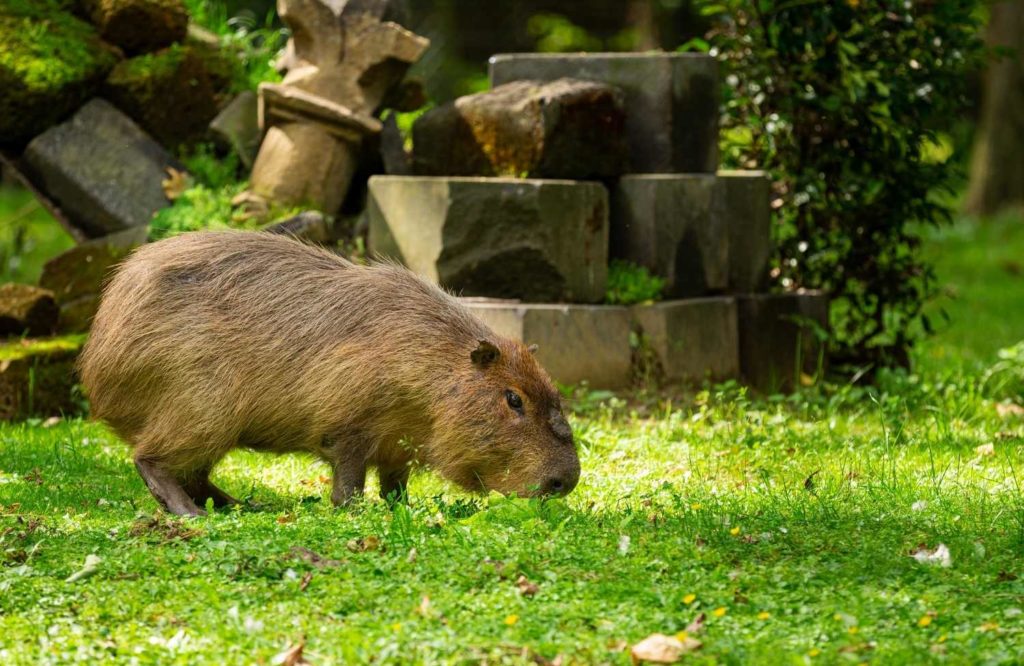
Capybara: The Giant of Rodents
- Weight: Capybaras can tip the scales at 77 to 146 pounds (35 to 66 kilograms).
- Length: They stretch up to 4 feet (1.3 meters) long.
- Appearance: These semi-aquatic animals are barrel-shaped with short legs, webbed feet, and a coat of bristly fur that ranges from reddish-brown to grayish-brown. Their eyes, ears, and nostrils sit high on their heads, making them perfect for a water-based lifestyle.
Groundhog: The Compact Burrower
- Weight: Groundhogs weigh a modest 6 to 13 pounds (3 to 6 kilograms).
- Length: They measure about 2 feet (63 centimeters) long, including their tail.
- Appearance: Groundhogs, also called woodchucks, have a round, stocky body, grizzled brown fur, and a bushy tail. Their strong claws and teeth are designed for digging and gnawing.
Winner in size? The capybara takes the crown—no contest.
Where They Live: Habitat and Distribution
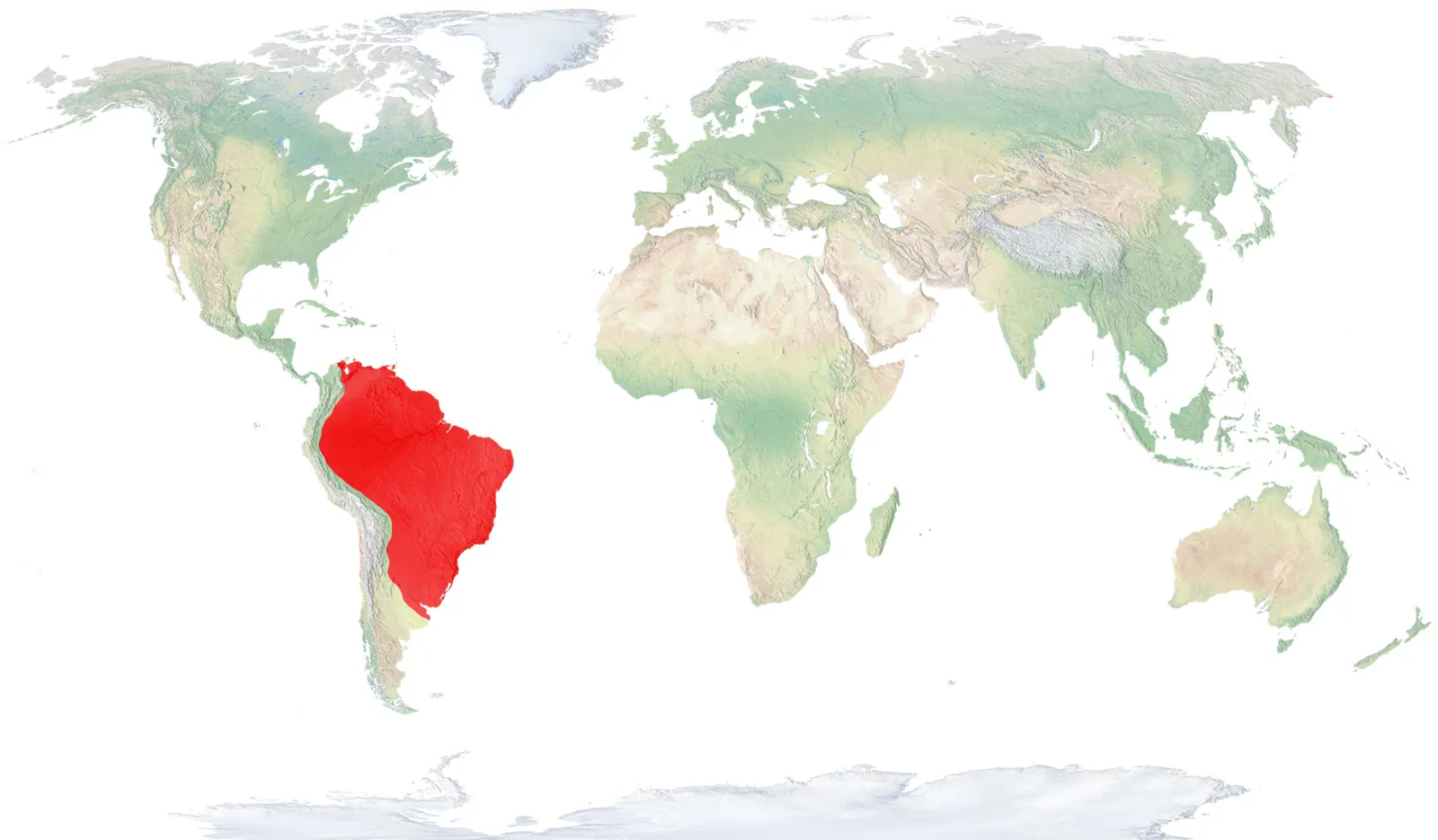
Capybara
Capybaras are South American natives. Think Brazil, Venezuela, and Argentina. They thrive in:
- Wetlands
- Swamps
- Grasslands near rivers and lakes
These semi-aquatic creatures are never far from water. Fun fact: Capybaras are fantastic swimmers, often diving underwater to escape predators.
Groundhog
Groundhogs are found across North America, especially in:
- Forest edges
- Open fields
- Suburban backyards
Unlike the capybara, groundhogs are all about dry land. They’re expert burrowers, creating underground tunnels that can span over 60 feet!
Key takeaway: Capybaras stick to watery environments, while groundhogs are all about digging into the dirt.
What’s on the Menu? Diet Differences
Capybara’s Plant-Based Feast
Capybaras are strict herbivores. Their diet includes:
- Grasses
- Aquatic plants
- Fruits
- Vegetables
They even practice coprophagy (yes, eating their own poop) to maximize nutrient absorption. Weird? Maybe. Effective? Absolutely.
Groundhog’s Garden Buffet
Groundhogs are also herbivores but with a slightly more varied menu:
- Grasses
- Flowers
- Fruits
- Bark and twigs (during winter)
They’re the bane of gardeners everywhere, munching on vegetables and fruit with reckless abandon.
Quick tip: If you’re battling groundhogs in your yard, securing your garden is a must.
Social Life: Who’s the Party Animal?
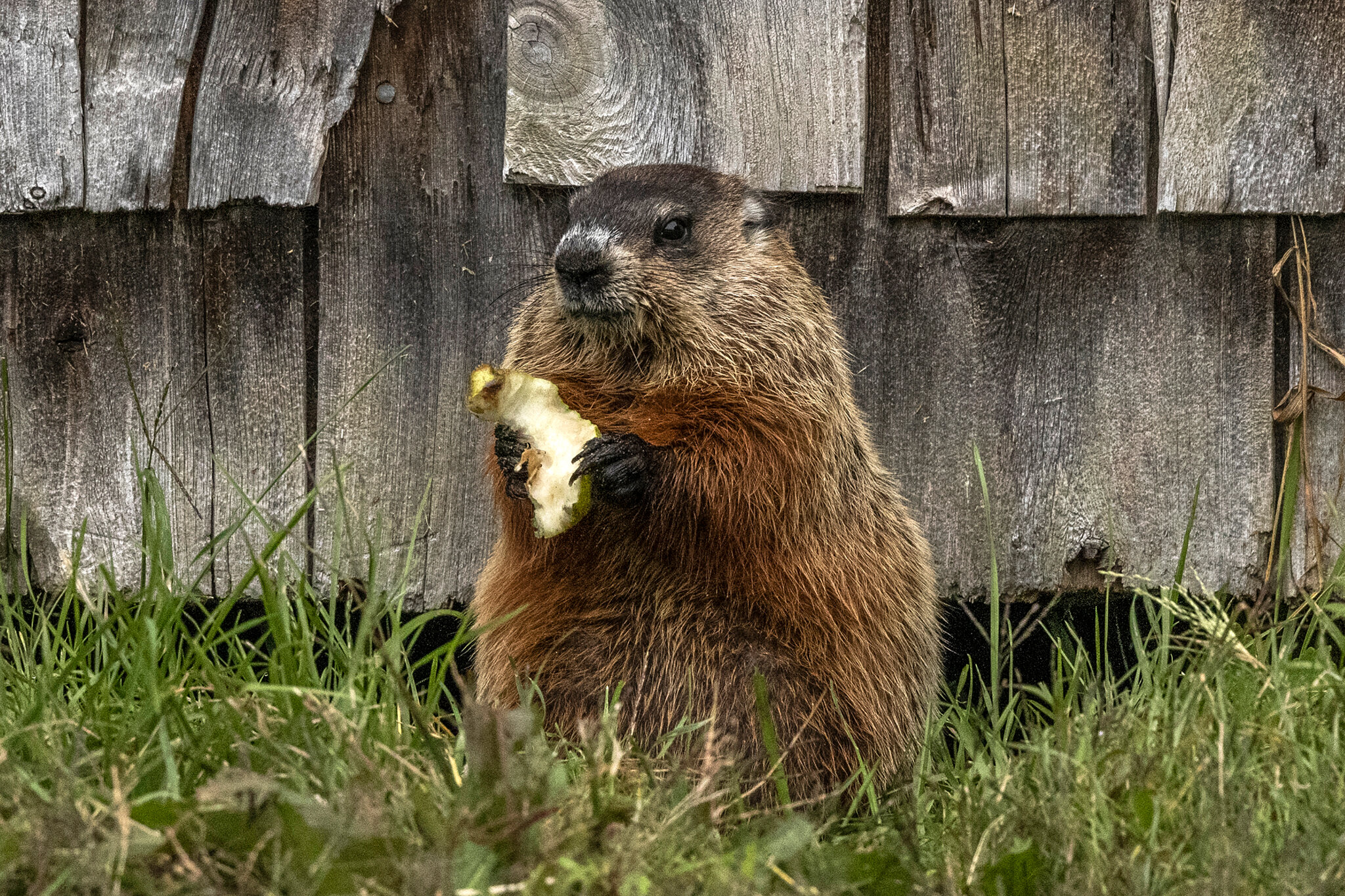
Capybara: The Social Butterfly
Capybaras are incredibly social creatures. They live in groups of 10 to 20 individuals, but during the dry season, these groups can swell to over 100 members. They communicate using:
- Whistles
- Barks
- Purring sounds
Groundhog: The Lone Wolf
Groundhogs are mostly solitary, except during:
- Mating season
- When mothers raise their young
They prefer their alone time, digging and foraging independently.
Verdict: Capybaras win the popularity contest with their group-oriented lifestyle.
Behavior and Adaptations
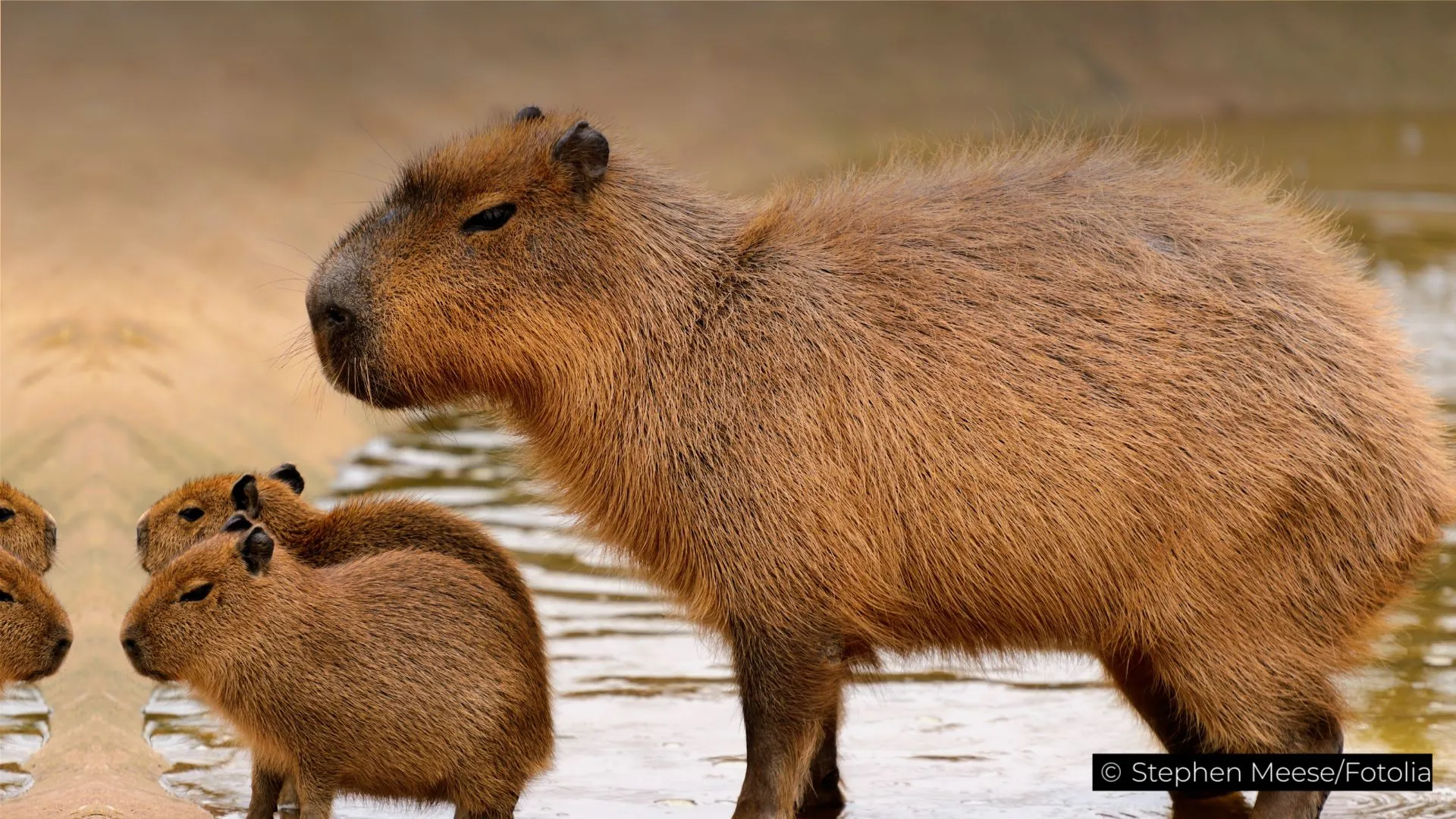
Capybara
- Swimming Masters: Capybaras have webbed feet, helping them glide through water with ease. They can even hold their breath for up to 5 minutes!
- Predator Evasion: Their ability to stay submerged makes them pros at avoiding jaguars, caimans, and other predators.
Groundhog
- Burrow Builders: Groundhogs dig extensive tunnels with separate chambers for sleeping, nesting, and—yes—using as a bathroom.
- Hibernation Experts: During winter, groundhogs hibernate in their burrows, surviving months without eating.
Cool fact: Groundhogs’ body temperature can drop to as low as 38°F (3°C) during hibernation.
Reproduction and Lifespan
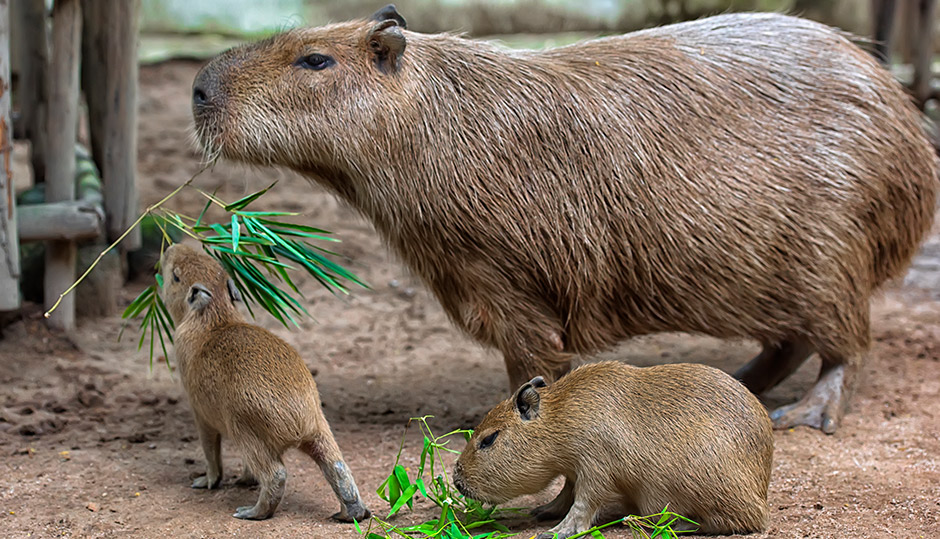
Capybara
- Gestation Period: 130-150 days
- Litter Size: 4-8 pups
- Lifespan: 8-10 years in the wild; up to 12 in captivity
Groundhog
- Gestation Period: 32-44 days
- Litter Size: 2-6 kits
- Lifespan: 3 years in the wild; up to 14 in captivity
FAQs About Capybaras and Groundhogs
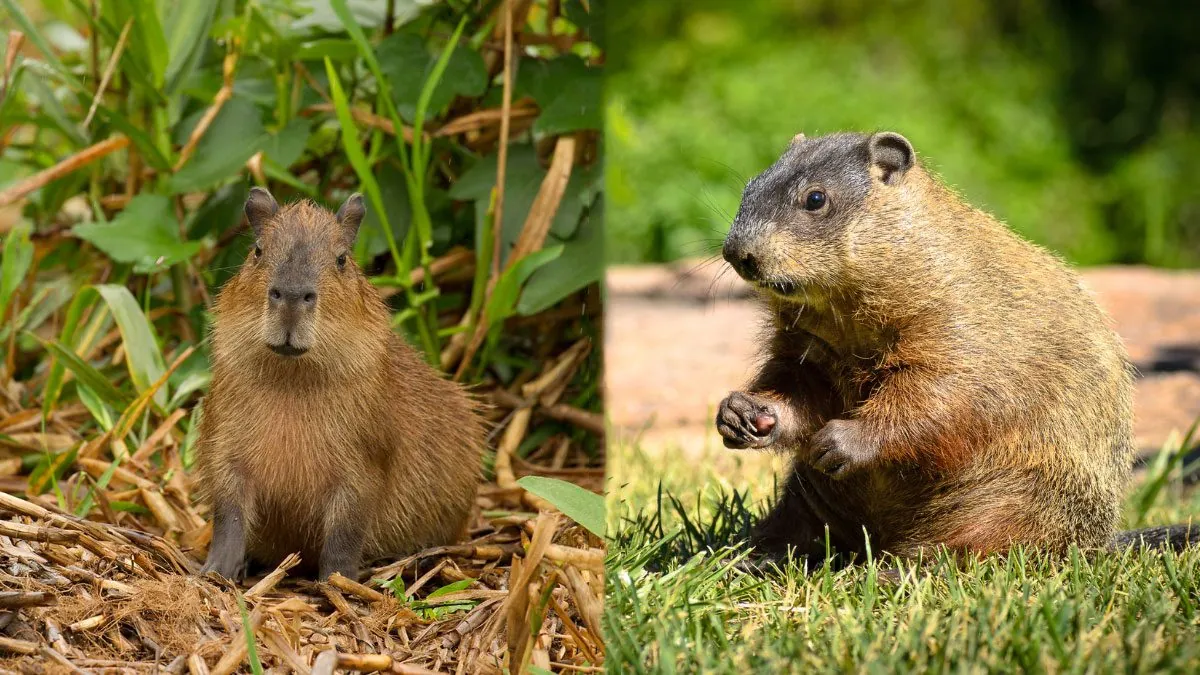
1. Can capybaras and groundhogs live together?
Not really. Their habitats and lifestyles are too different. Capybaras need water, while groundhogs thrive in dry, burrow-friendly environments.
2. Are capybaras good pets?
Capybaras can be kept as pets in some areas, but they require a lot of space, water, and social interaction. Check local laws before considering one.
3. How do groundhogs impact the environment?
Groundhogs play a crucial role by aerating the soil through their burrowing. However, their digging can cause issues for farmers and gardeners.
4. Which animal is friendlier to humans?
Capybaras are famously friendly and relaxed, often letting other animals (and humans) hang out with them. Groundhogs are more cautious and prefer to keep their distance.
The Final Verdict
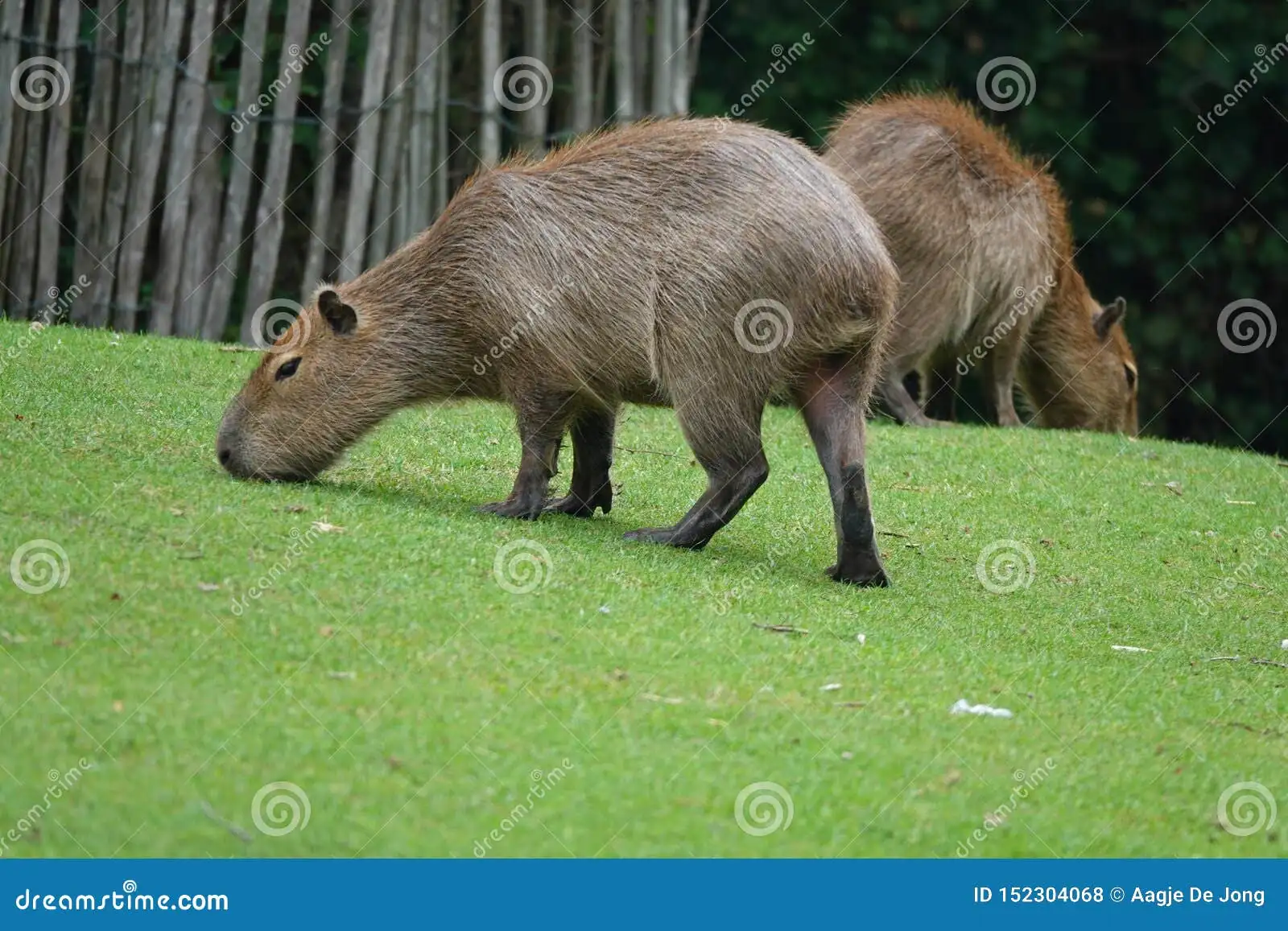
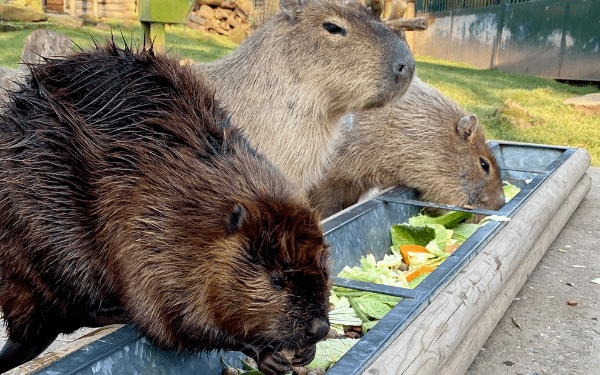
So, what’s bigger: a capybara or a groundhog? The capybara wins by a mile. It’s the largest rodent on Earth, with a social, water-loving lifestyle that couldn’t be more different from the groundhog’s solitary, burrowing ways.
Both animals are fascinating in their own right, and learning about them reminds us just how diverse the animal kingdom is. Whether you’re a fan of capybaras lounging by the water or groundhogs digging up gardens, there’s something to admire about both these unique creatures.
